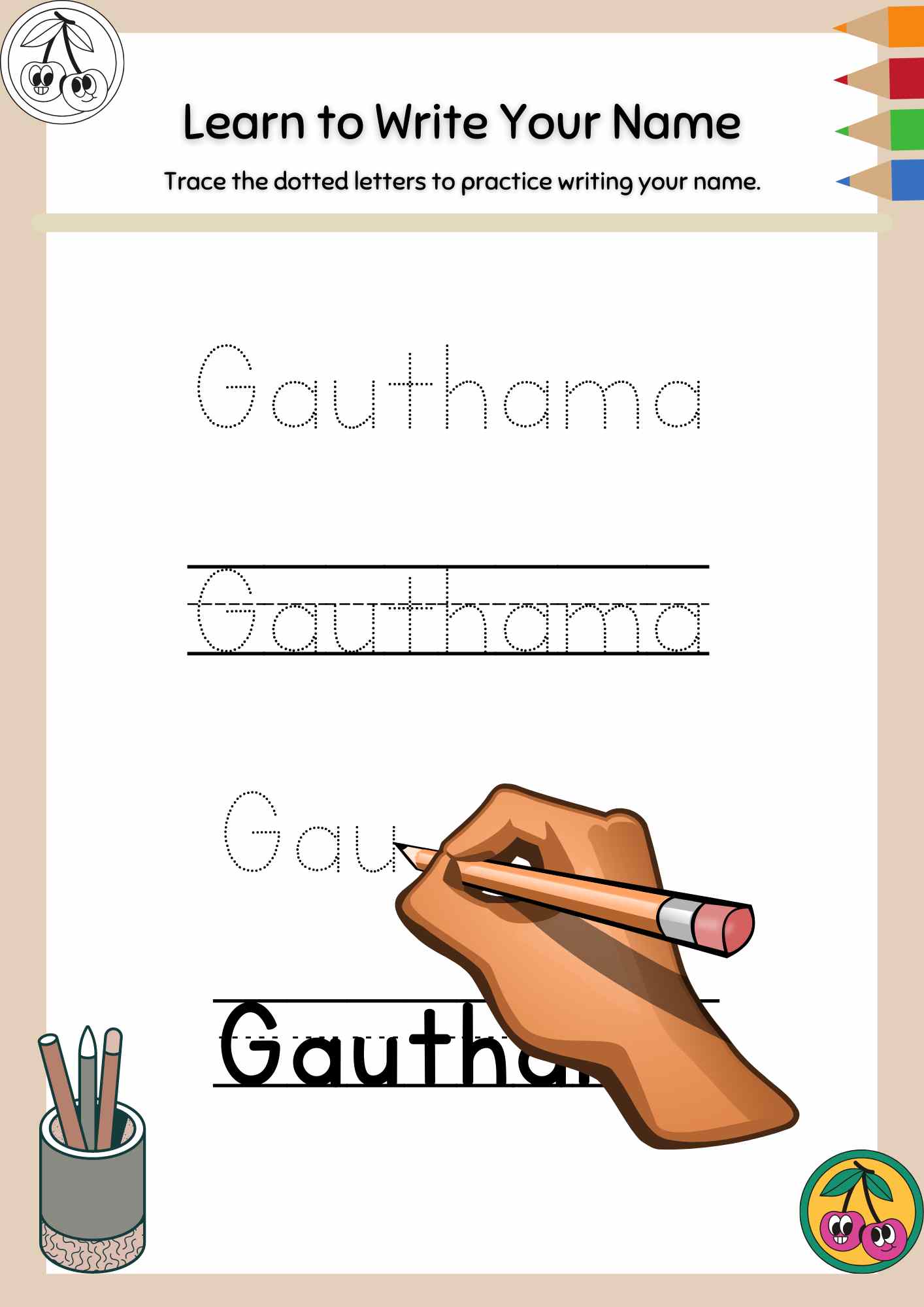




Is Handwriting a Complex Skill?
Handwriting is a fundamental skill that children need to develop as early as possible.
Kids who can write neatly and clearly are best prepared to use writing to record their ideas. Their ideas can flow when their handwriting is automatic. Many lessons in school and tasks need kids to write.
Handwriting skills help in the development of reading and spelling skills in kids. It also helps to recall and remember.
However we also need handwriting skills later to do things like create birthday cards, fill out forms, and sign important documents.
Early Handwriting Skills
For kids, drawing is the first step toward learning to write. Here are a few tips for getting your child to draw, scribble, and 'write':
Have crayons & paper on hand, as well as chalk and a blackboard. Small pieces of chalk or crayons help your child to hold the chalk or crayon with their fingertip. This will help your kid in understanding how to grip a pencil.
Encourage your kid to draw things that he or she finds interesting. If your child likes insects, you could sketch a spider body and let them add a lot of legs. On a rainy day, draw a large cloud and have your kid sketch rain falling.
Engage your kid with tasks that require squeezing and pinching like threading big beads, squeezing and pinching playdough into shapes. This helps in the formation of your child's hand muscles, which are important for pencil grip.
Make sure your kid's drawing surface is at an angle. You may use a blackboard as well. This will help your child with making downward strokes, which they will need to be able to do in order to write in the future.
Felt-tip markers and pencils should be avoided. Until your kid has developed the small hand muscles needed for a better grip, it may be difficult for them to hold these.
Helping Kids at Home
Make practising fun for your child by giving him or her a special pencil or a rainbow of coloured pencils. Don't just hand them a list of words to copy. To give writing practise a purpose, try basic word puzzles, or invite them to develop lists around a theme.
The more time your child spends moving things, the better he or she will develop the physical needs of writing like holding a pencil correctly, posture, control, flexibility, and coordination.
Common handwriting problems can be divided into four categories: letter formation, size, word spacing, and line alignment. Concentrate your child's practice on the letters or topics that are difficult for them, and make sure they are handling the paper with both hands.
Try a smaller or shorter, kid-sized pencil if your kid is having difficulty with a regular pencil. Make sure he has a nice eraser so he won't be worried about making mistakes.
Great surfaces include a cloudy mirror, a patch of mud, or a bowl of leftover sauce are good for practising. Inspiring your child's creativity will make writing more attractive, whether he's practising with his fingers, a stick, or a pencil.
Start with helping your child to write their name. You can use worksheets for year 6 handwriting as given below for quick understanding.

Image Showing The Practising of Handwriting
Concern to Parents
It takes a lot of practice for children to do it perfectly. But, as handwriting becomes more settled, irregular handwriting skills must be addressed as soon as possible because they may be the effect of underdeveloped motor skills.
If your child is fortunate, they may receive appropriate handwriting practice everyday. While we have handwriting worksheets to encourage students to practise their handwriting on a daily basis, it is not a constant habit.
When it comes to mastering any type of handwriting, parents set high standards for children. Handwriting takes a lot of practice to become effortless while still being clear and beautiful.
Regular practice with year 6 handwriting worksheets shapes their writing skills and contributes to our handwriting speed. As the pace of education picks up, slow handwriting speed can cause a gap in studying.
Conclusion
Handwriting is more than just writing words on a piece of paper with a pencil. Coordination of the brain, thoughts, eyes, and hands is required during writing. Your mind tells you what to write and frames the text's shape, your hand goes from left to right, producing the letters in their proper shapes. It is one of the most basic, yet important, motor and visual perception skills that a child must develop.
FAQs on Improve Handwriting Skills for Kids: Tips and Tricks for Better Writing
1. What are Pre-Writing Skills?
Pre-writing skills are the basic motor skills that kids must acquire before starting to write. Finger strength, eye-hand coordination, wrist mobility, and grip strength are all improved with pre-writing skills. These will then help children in learning to grasp and use a pencil or other writing tool to draw, write, colour, and express themselves in general. In simple words, pre-writing skills refer to the lines and stroke patterns that kids must master before learning to write.
2. Why are pre-writing skills important?
Pre-writing skills are necessary for a child to acquire the ability to hold and move a pencil comfortably and to write properly. When you exercise, if you begin your exercises without first warming up your body, you will quickly get mentally and physically tired. Your body literally does not appear to be ready.
Pre-writing skills can serve as warm-up exercises for your child as he or she prepares to write. If you neglect this step, your child's fingers will feel shaky, they won't be able to hold a writing tool for long periods of time, their writing will be unclear, and they will be frustrated. It becomes a chore rather than a form of self-expression.









